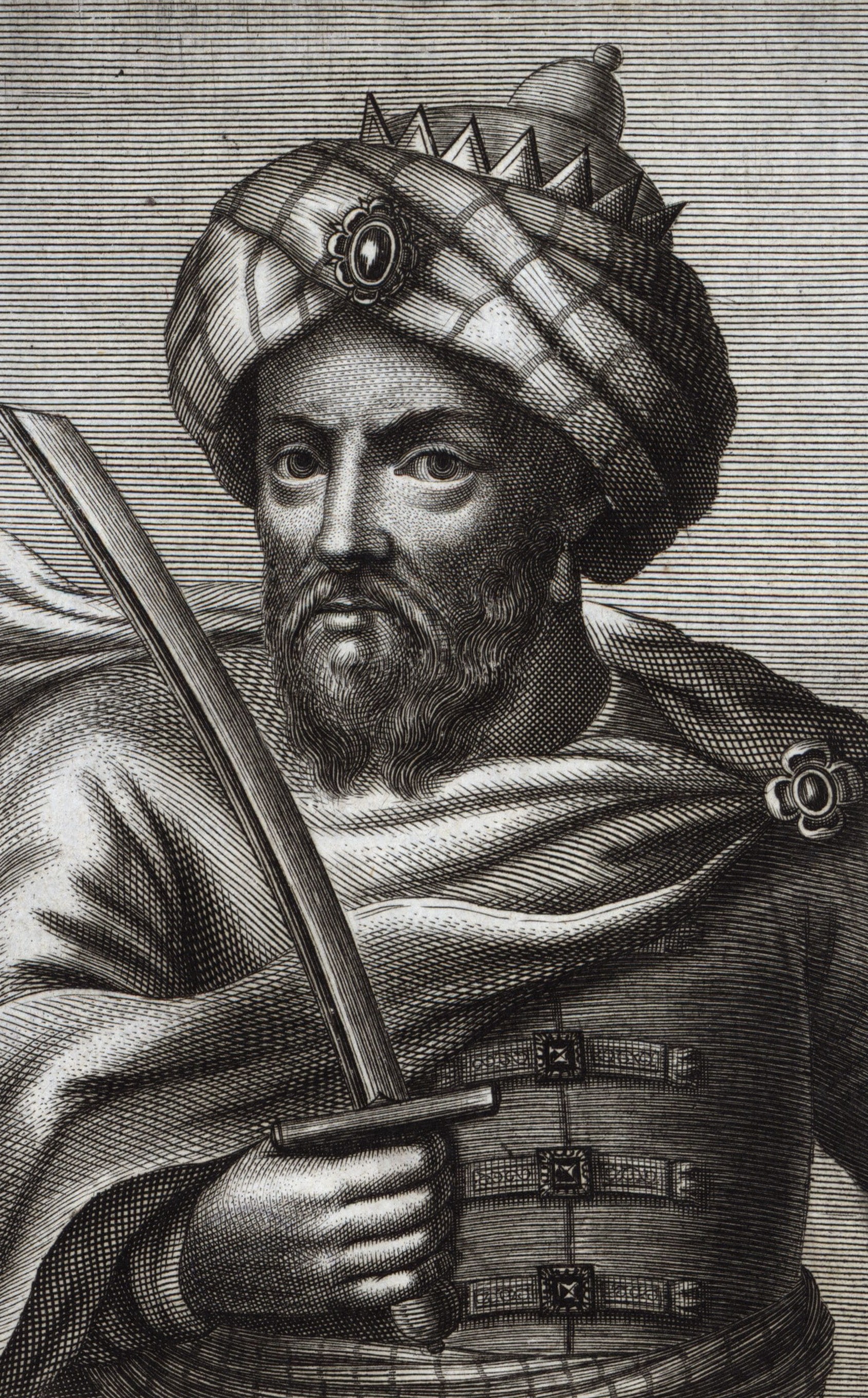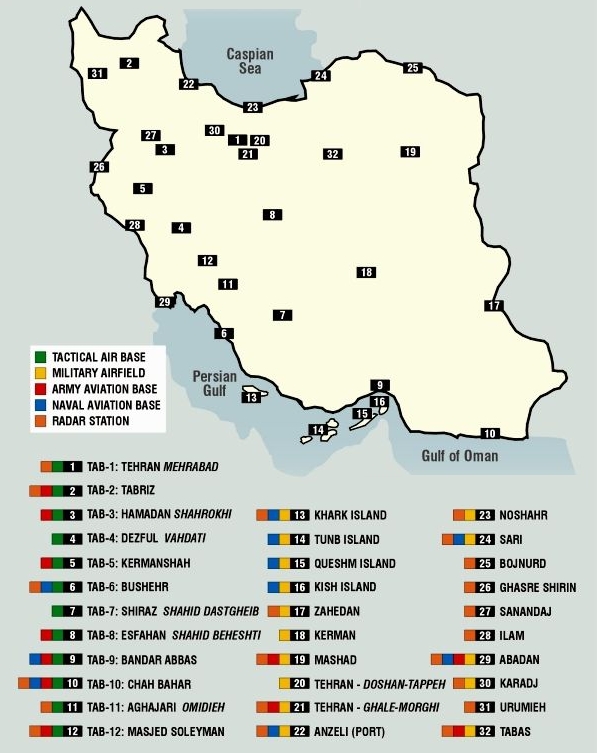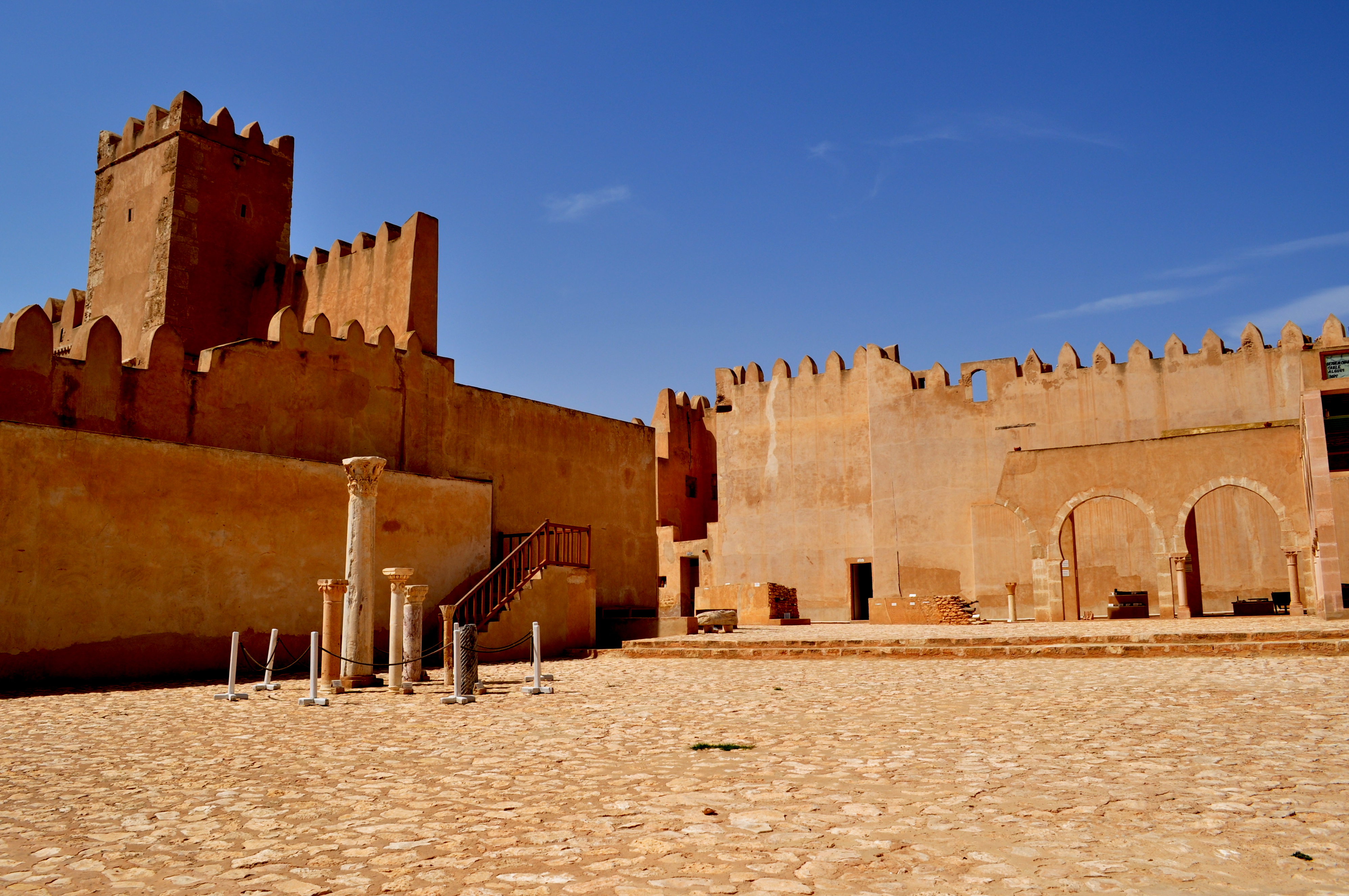|
Kasbah Gnawa
Kasbah Gnawa (Arabic: قصبة ڭناوة), also referred to as: Kasbah of Gnaouas or Ismailian Kasbah is a kasbah located in the city of Salé in Morocco, and is the only one on the right bank of the Bou Regreg river. Nowadays, the kasbah is hosting a circus school called "Shemsy's", which is the national Moroccan circus school, and the only circus school in Morocco and the whole of Africa. History The Kasbah Gnawa was originally one of the largest fortresses erected during the reign of Sultan Moulay Ismail in 1708 where the '' Jich Abid al-Bukhari'' (black slave guards from Western Sudan) were placed to protect the coasts of Salé and Rabat against attempts of penetration and foreign occupation. The guards were later accused of disrespecting the honor and virtue of local women, which provoked a violent reaction from the inhabitants, who formed a group led by the governor Abdelhaq Fennich, and attacked the kasbah in 1758. After the death of Moulay Ismail, The monument was devas ... [...More Info...] [...Related Items...] OR: [Wikipedia] [Google] [Baidu] |
Fortification
A fortification (also called a fort, fortress, fastness, or stronghold) is a military construction designed for the defense of territories in warfare, and is used to establish rule in a region during peacetime. The term is derived from Latin ("strong") and ("to make"). From very early history to modern times, defensive walls have often been necessary for cities to survive in an ever-changing world of invasion and conquest. Some settlements in the Indus Valley Civilization were the first small cities to be fortified. In ancient Greece, large cyclopean stone walls fitted without mortar had been built in Mycenaean Greece, such as the ancient site of Mycenae. A Greek ''Towns of ancient Greece#Military settlements, phrourion'' was a fortified collection of buildings used as a military garrison, and is the equivalent of the ancient Roman, Roman castellum or fortress. These constructions mainly served the purpose of a watch tower, to guard certain roads, passes, and borders. Th ... [...More Info...] [...Related Items...] OR: [Wikipedia] [Google] [Baidu] |
Black Guard
The Black Guard or ''‘Abid al-Bukhari'' (; also known as ''‘Abīd ad-Dīwān'' "slaves of the diwan", ''Jaysh al-‘Abīd'' "the slave army", and ''‘Abid as-Sultan'' "the sultan’s slaves") were the corps of black-African slaves and ''Haratin'' slave-soldiers assembled by the 'Alawi sultan of Morocco, Isma‘il ibn Sharif (reigned 1672–1727). They were called the "Slaves of Bukhari" because Sultan Isma‘il emphasized the importance of the teachings of the famous imam Muhammad al-Bukhari, going so far as to give the leaders of the army copies of his book. This military corps, which was loyal only to the sultan, was one of the pillars of Isma'il's power as he sought to establish a more stable and more absolute authority over Morocco. After Isma'il's death, the Black Guard became one of the most powerful factions in Moroccan politics and played the role of kingmakers during the period of turmoil that followed. Over the course of the later 18th century and the 19th cen ... [...More Info...] [...Related Items...] OR: [Wikipedia] [Google] [Baidu] |
Buildings And Structures In Salé
A building or edifice is an enclosed structure with a roof, walls and windows, usually standing permanently in one place, such as a house or factory. Buildings come in a variety of sizes, shapes, and functions, and have been adapted throughout history for numerous factors, from building materials available, to weather conditions, land prices, ground conditions, specific uses, prestige, and aesthetic reasons. To better understand the concept, see ''Nonbuilding structure'' for contrast. Buildings serve several societal needs – occupancy, primarily as shelter from weather, security, living space, privacy, to store belongings, and to comfortably live and work. A building as a shelter represents a physical separation of the human habitat (a place of comfort and safety) from the ''outside'' (a place that may be harsh and harmful at times). buildings have been objects or canvasses of much artistic expression. In recent years, interest in sustainable planning and building practi ... [...More Info...] [...Related Items...] OR: [Wikipedia] [Google] [Baidu] |
Moroccan Dahir
A Dahir () is a decree made by the king of Morocco The king of Morocco (; ) is the monarch and head of state of Morocco. The kings of Morocco are members of the Alawi dynasty. It is one of the country's most powerful offices. Mohammed VI ( Sidi Mohammed bin Hassan al-Alawi) is the current kin .... Examples References Law of Morocco {{Law-stub ... [...More Info...] [...Related Items...] OR: [Wikipedia] [Google] [Baidu] |
List Of French Residents-general In Morocco
In 1911, the conquest of Morocco was initiated by the French Third Republic, in the aftermath of the Agadir Crisis. While the conquest itself lasted until 1934, the Treaty of Fes was signed on 30 March 1912. According to the treaty, most of Morocco would become a French protectorate from 1912 to 1956, when the country regained its independence. List (Dates in italics indicate ''de facto'' continuation of office) See also * Beylik of Tunis * French protectorate of Tunisia ** List of French residents-general in Tunisia * Kingdom of Tunisia * French Algeria ** List of French governors of Algeria In 1830, in the days before the outbreak of the July Revolution against the Bourbon Restoration in France, Bourbon Restoration in France, the French conquest of Algeria, conquest of Algeria was initiated by Charles X of France, Charles X as ... * Spanish protectorate in Morocco ** List of Spanish high commissioners in Morocco Sources * http://www.rulers.org/rulm2.html ... [...More Info...] [...Related Items...] OR: [Wikipedia] [Google] [Baidu] |
Hubert Lyautey
Louis Hubert Gonzalve Lyautey (17 November 1854 – 27 July 1934) was a French Army general and colonial administrator. After serving in Indochina and Madagascar, he became the first French Resident-General in Morocco from 1912 to 1925. In early 1917, he served briefly as Minister of War. From 1921, he was a Marshal of France. He was dubbed the ''French empire builder'' and in 1931 made the cover of ''Time (magazine), Time''. Lyautey was also the first one to use the term "Winning hearts and minds, hearts and minds" as part of his strategy to counter the Black Flag Army, Black Flags rebellion during the Tonkin campaign in 1885. Early life Lyautey was born in Nancy, France, Nancy, the capital of Lorraine (région), Lorraine. His father was a prosperous engineer and his grandfather a highly-decorated Napoleonic general. His mother was a Norman aristocrat, and Lyautey inherited many of her assumptions: monarchism, patriotism, Catholicism and the belief in the moral and political ... [...More Info...] [...Related Items...] OR: [Wikipedia] [Google] [Baidu] |
Rabat
Rabat (, also , ; ) is the Capital (political), capital city of Morocco and the List of cities in Morocco, country's seventh-largest city with an urban population of approximately 580,000 (2014) and a metropolitan population of over 1.2 million. It is also the capital city of the Rabat-Salé-Kénitra administrative region. Rabat is located on the Atlantic Ocean at the mouth of the river Bou Regreg, opposite Salé, the city's main commuter town. Rabat was founded in the 12th century by the Almohad Caliphate, Almohads. After a period of growth, the city fell into a long period of decline. In the 17th century, Rabat became a haven for Barbary pirates. When the French established a French protectorate in Morocco, protectorate over Morocco in 1912, Rabat became its administrative center. When Morocco achieved independence in 1955, Rabat became its capital. Rabat, Temara, and Salé form a conurbation of over 1.8 million people. Rabat is one of four Imperial cities of Morocco, and it ... [...More Info...] [...Related Items...] OR: [Wikipedia] [Google] [Baidu] |
Western Sudan
Sudan is the geographical region to the south of the Sahara, stretching from Western Africa to Central and Eastern Africa. The name derives from the Arabic ' () and ' (), both meaning "the land of the Blacks", referring to West Africa and northern Central Africa. History According to some modern historians, of all the regions of Africa, western Sudan "is the one that has seen the longest development of agriculture, of markets and long-distance trade, and of complex political systems." It is also the first region "south of the Sahara where African Islam took root and flowered." Middle Ages Its medieval history is marked by the caravan trade. The sultanates of eastern Sudan were Darfur, Bagirmi, Sennar and Wadai. In central Sudan, Kanem–Bornu Empire and the Hausa Kingdoms. To the west were Wagadou, Manden, Songhay and the Mossi. Slave trade Early on in the first millennium, many people from the Sudan were used as "a steady stream of slaves for the Mediterranean ... [...More Info...] [...Related Items...] OR: [Wikipedia] [Google] [Baidu] |
Bou Regreg
The Bou Regreg () is a river located in western Morocco which discharges into the Atlantic Ocean between the cities of Rabat and Salé. The estuary of this river is termed Wadi Sala. The river is 240 kilometres long, with a tidal estuary of approximately 24 kilometres extending upriver. Its average discharge is 23 m3/s and can reach 1500 m3/s during periods of flooding. The source of the river originates from the Middle Atlas mountains at an altitude of 1627 meters on the level of Jbel Mtourzgane (province of Khemisset) and of Grou (province of Khénifra) and descends to its mouth at the Atlantic Ocean separating the cities of Rabat to the south and Salé to the north. Water quality Water quality issues of the Bou Regreg include tidal saltwater intrusion, excessive runoff of nitrates from agricultural land uses and mercury contamination thought to arise from use of certain pesticides within the drainage basin. History The Phoenicians and the Carthaginians, who founded ... [...More Info...] [...Related Items...] OR: [Wikipedia] [Google] [Baidu] |
Military Base
A military base is a facility directly owned and operated by or for the military or one of its branches that shelters military equipment and personnel, and facilitates training and operations. A military base always provides accommodations for one or more units, but it may also be used as a command center, training ground or proving ground. In most cases, military bases rely on outside help to operate. However, certain complex bases are able to endure on their own for long periods because they are able to provide food, drinking water, and other necessities for their inhabitants while under siege. Bases for military aviation are called air bases. Bases for military ships are called naval bases. Jurisdictional definition Military bases within the United States are considered federal property and are subject to federal law. Civilians (such as family members of military officers) living on military bases are generally subject to the civil and criminal laws of the stat ... [...More Info...] [...Related Items...] OR: [Wikipedia] [Google] [Baidu] |
Kasbah
A kasbah (, also ; , , Maghrebi Arabic: ), also spelled qasbah, qasba, qasaba, or casbah, is a fortress, most commonly the citadel or fortified quarter of a city. It is also equivalent to the term in Spanish (), which is derived from the same Arabic word. By extension, the term can also refer to a medina quarter, particularly in Algeria. In various languages, the Arabic word, or local words borrowed from the Arabic word, can also refer to a settlement, a fort, a watchtower, or a blockhouse. Citadel or fortress The term ''qasaba'' was historically flexible but it essentially denotes a fortress, commonly a citadel that protects a city or settlement area, or that serves as the administrative center. A kasbah citadel typically housed the military garrison and other privileged buildings such as a palace, along with other amenities such as a mosque and a hammam (bathhouse). Some kasbahs are built in a strategic elevated position overlooking the city, like the Kasbah of the O ... [...More Info...] [...Related Items...] OR: [Wikipedia] [Google] [Baidu] |
Arabic
Arabic (, , or , ) is a Central Semitic languages, Central Semitic language of the Afroasiatic languages, Afroasiatic language family spoken primarily in the Arab world. The International Organization for Standardization (ISO) assigns language codes to 32 varieties of Arabic, including its standard form of Literary Arabic, known as Modern Standard Arabic, which is derived from Classical Arabic. This distinction exists primarily among Western linguists; Arabic speakers themselves generally do not distinguish between Modern Standard Arabic and Classical Arabic, but rather refer to both as ( "the eloquent Arabic") or simply ' (). Arabic is the List of languages by the number of countries in which they are recognized as an official language, third most widespread official language after English and French, one of six official languages of the United Nations, and the Sacred language, liturgical language of Islam. Arabic is widely taught in schools and universities around the wo ... [...More Info...] [...Related Items...] OR: [Wikipedia] [Google] [Baidu] |








